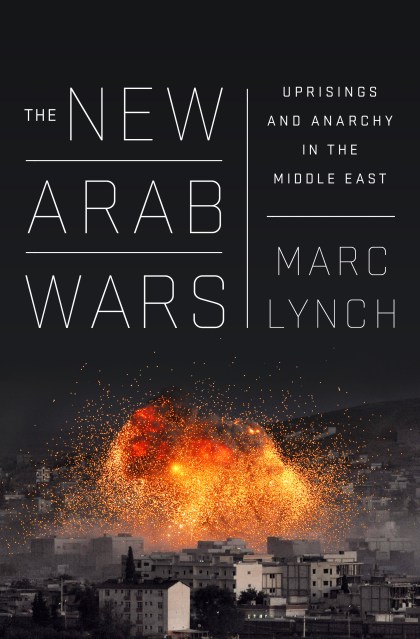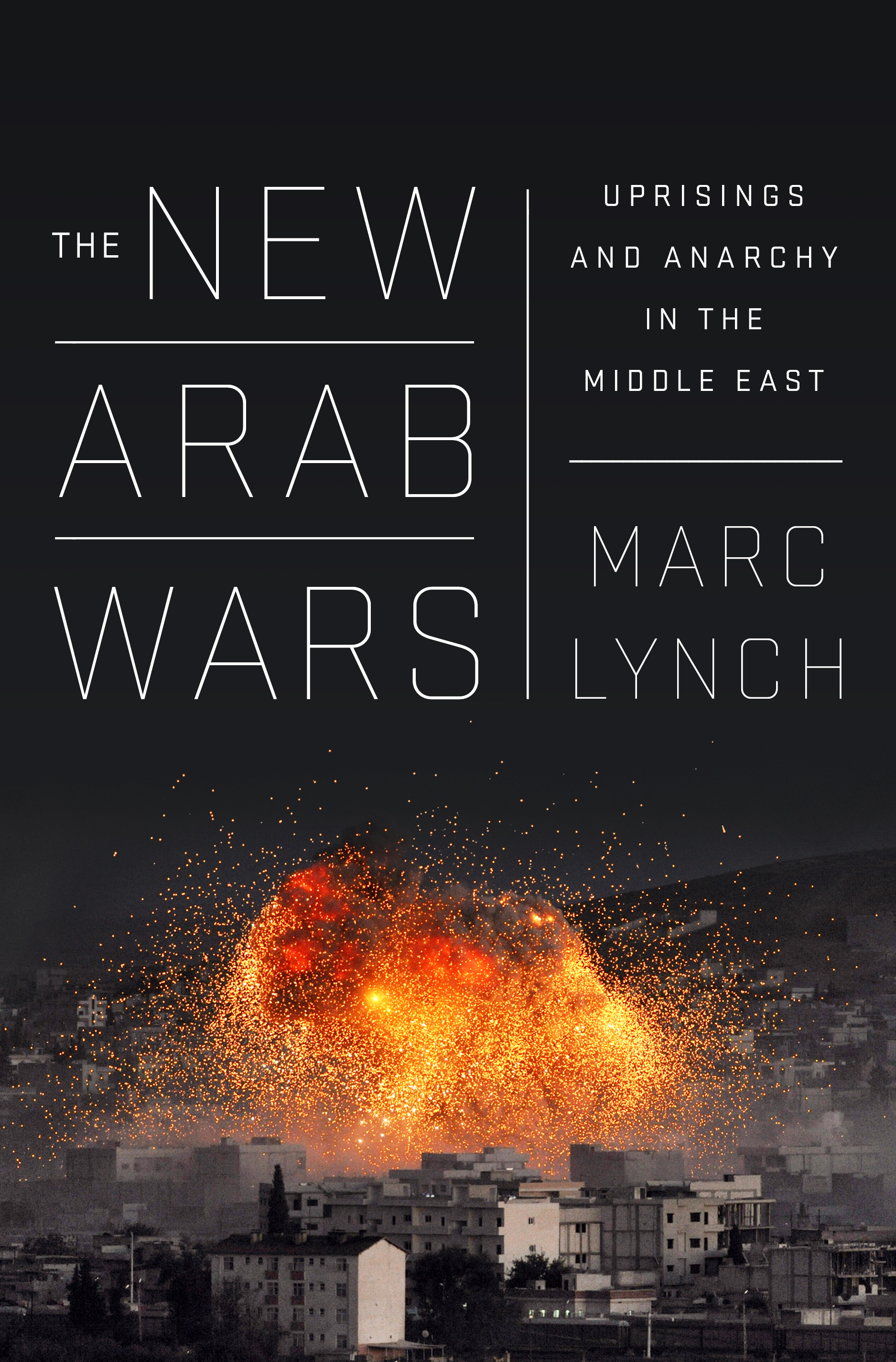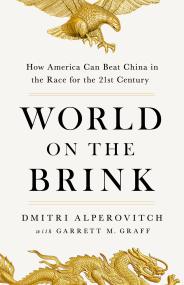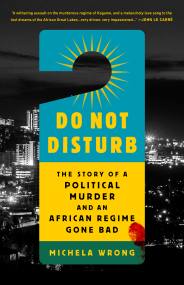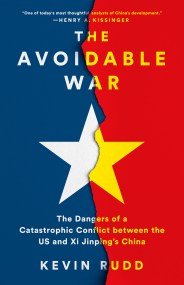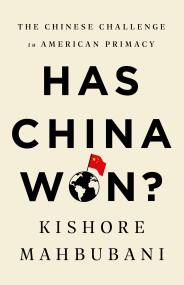Promotion
Use code MOM24 for 20% off site wide + free shipping over $45
The New Arab Wars
Uprisings and Anarchy in the Middle East
Contributors
By Marc Lynch
Formats and Prices
Price
$11.99Price
$15.99 CADFormat
Format:
- ebook $11.99 $15.99 CAD
- Trade Paperback $16.99 $22.49 CAD
This item is a preorder. Your payment method will be charged immediately, and the product is expected to ship on or around April 26, 2016. This date is subject to change due to shipping delays beyond our control.
Also available from:
The New Arab Wars is a profound illumination of the causes of this nightmare. It details the costs of the poor choices made by regional actors, delivers a scathing analysis of Western misreadings of the conflict, and condemns international interference that has stoked the violence. Informed by commentators and analysts from the Arab world, Marc Lynch’s narrative of a vital region’s collapse is both wildly dramatic and likely to prove definitive. Most important, he shows that the region’s upheavals have only just begun — and that the hopes of Arab regimes and Western policy makers to retreat to old habits of authoritarian stability are doomed to fail.
Genre:
- On Sale
- Apr 26, 2016
- Page Count
- 304 pages
- Publisher
- PublicAffairs
- ISBN-13
- 9781610396103
Newsletter Signup
By clicking ‘Sign Up,’ I acknowledge that I have read and agree to Hachette Book Group’s Privacy Policy and Terms of Use
